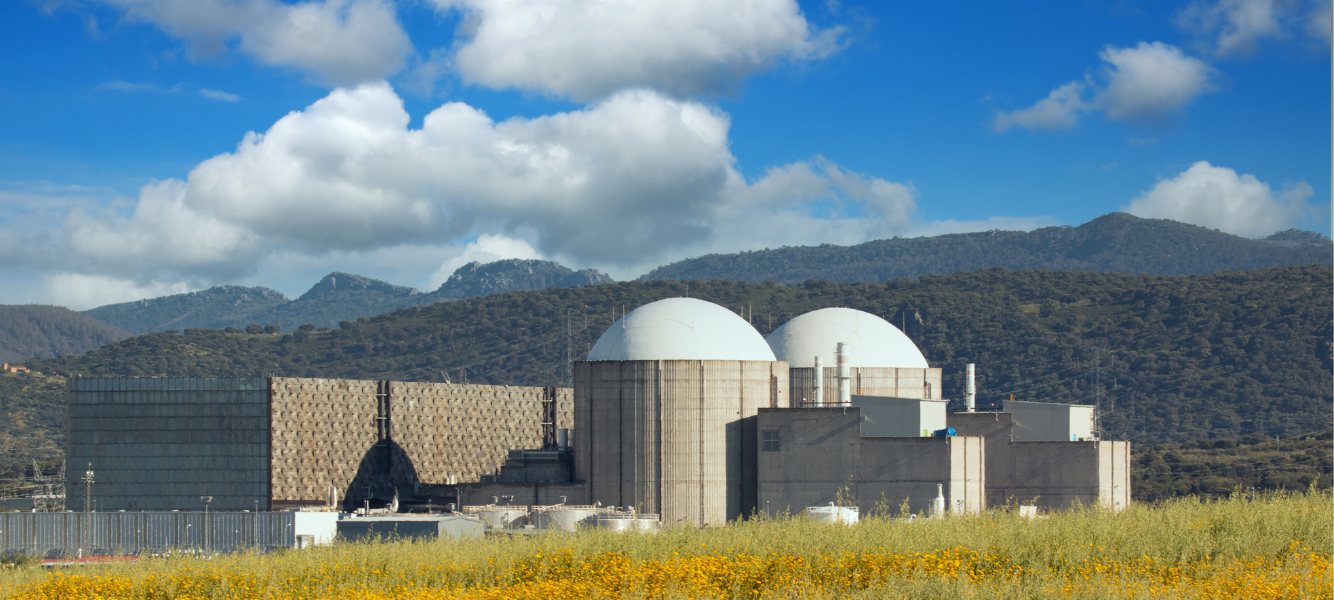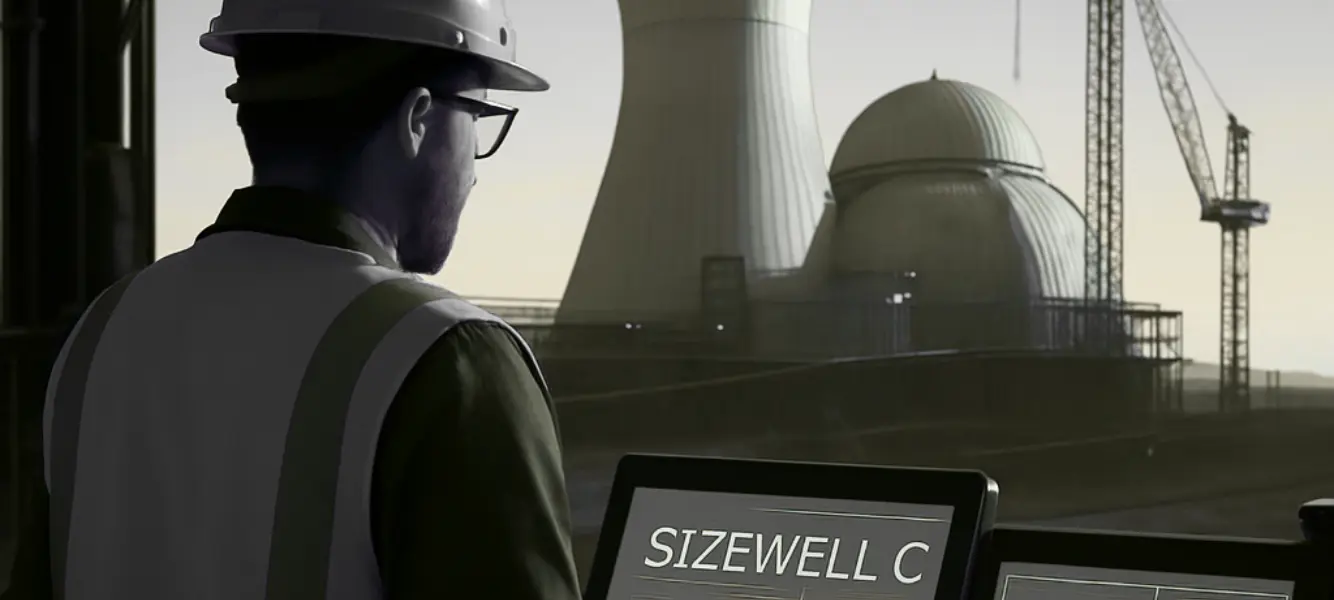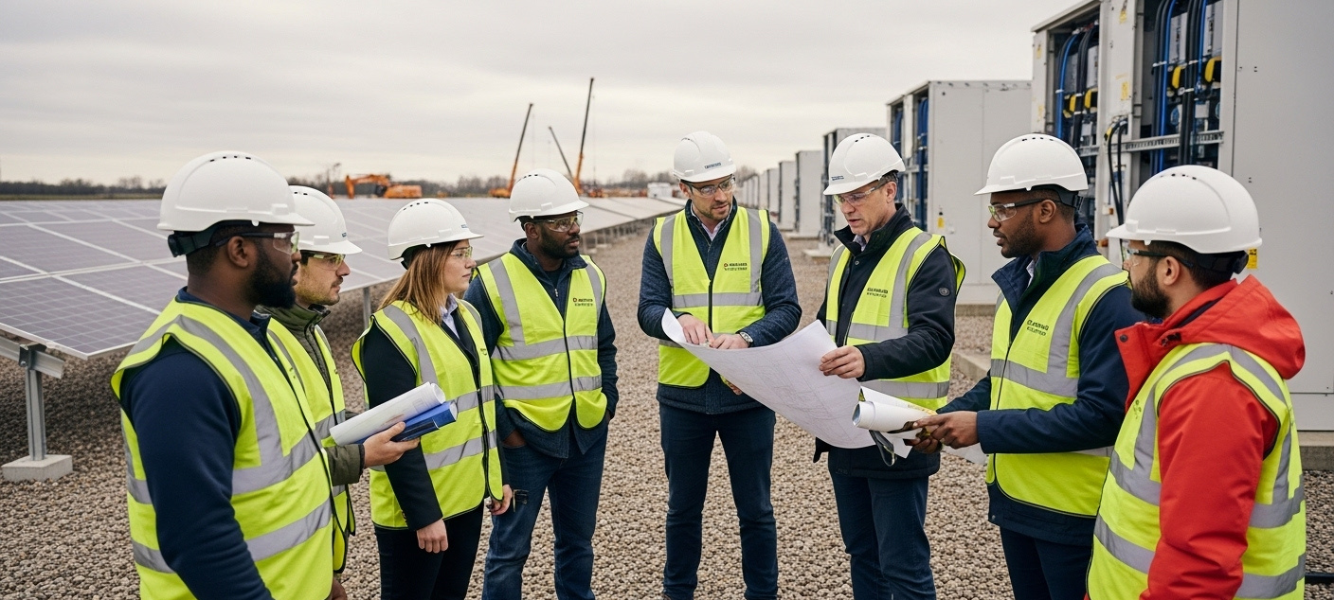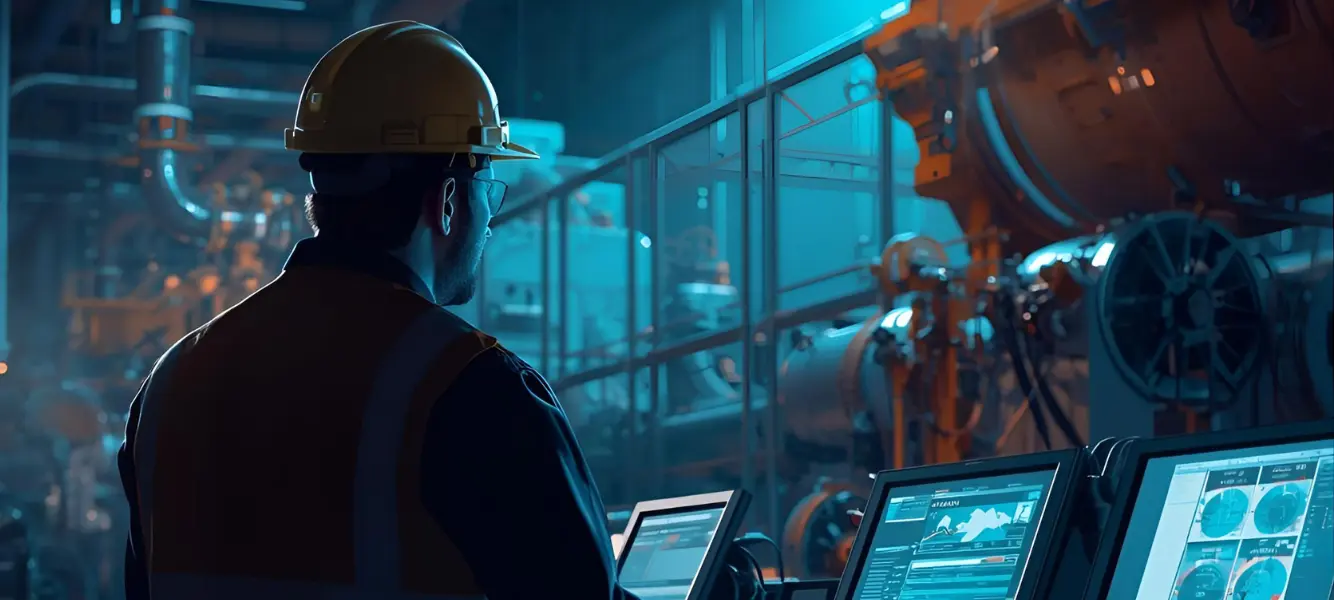The UK and United States have just announced a sweeping set of deals to accelerate the deployment of modular nuclear reactors in the UK. With these agreements, Britain is aiming not just to boost clean energy output, but to re‑establish itself as a major player in nuclear innovation, jobs and energy security.
These moves come as part of the Atlantic Partnership for Advanced Nuclear Energy, to be signed off during President Trump’s state visit.
What Has Been Agreed
- Regulatory streamlining: The UK and US will accept each other’s safety checks on reactor designs, drastically reducing licensing times. What used to take three‑to‑four years could drop to roughly two.
- Flagship projects:
- Centrica and US‑based X‑Energy have plans for up to 12 advanced modular nuclear reactors (Xe‑100) at Hartlepool, sufficient to power around 1.5 million homes and create 2,500 jobs.
- In Nottinghamshire, Holtec International, EDF UK and Tritax are collaborating to power advanced data centres with small modular reactors, converting part of the former Cottam coal‑fired power station.
- There is also a plan for a micro modular reactor (PWR‑20) to support London Gateway port, under a deal involving Last Energy and DP World.
- Fuel security: Part of the deals includes working to eliminate the UK’s reliance on Russian nuclear material by 2028.
Why It Matters
These developments are significant for several reasons:
Energy security & independence
Modular reactors promise more flexibility than traditional large nuclear plants.
With domestic reactors, the UK can reduce exposure to supply chain risks, fuel import dependencies, and geopolitically volatile sources.
The push to phase out Russian nuclear material underscores that urgency.
Speed & cost efficiency
Shortening licensing time from ~3‑4 years to ~2 could unlock projects much faster.
Modular reactors (both SMRs and advanced modular reactors, AMRs) can also be built in more controlled conditions, potentially reducing delays and cost overruns.
Jobs & economic regeneration
The Hartlepool project alone is projected to generate 2,500 jobs.
More broadly, this could revive industrial supply chains and attract foreign direct investment, especially from US nuclear tech firms.
Decarbonisation goals
To meet net zero targets and cut greenhouse gas emissions, increasing dependable low‑carbon power is essential.
Intermittent renewables are important but need backup; nuclear offers consistent baseload. Modular technologies, once scaled, can make that backup more flexible.
Challenges & What to Watch Out For
While the opportunity is large, there are still obstacles:
Regulatory and safety hurdles
Even with fast‑tracking, nuclear regulation must never be compromised. Ensuring designs are safe and that site licensing is rigorous will require careful oversight.
Public acceptance & planning
Local communities often resist nuclear infrastructure due to concerns around safety, waste, and environmental impact. Successful deployment will require transparent consultation and strong trust.
Financing & funding models
The upfront cost is high. These projects will need stable funding, private investment, and possibly government support (grants, guarantees or levies). The financial risk must be managed carefully.
Supply chain & workforce capacity
Building many modular reactors requires skilled labour, industrial capacity, and materials. The UK will need to ramp up training, manufacturing capability and certain nuclear supply sectors.
Timescales
Even with regulatory speed‑ups, most of these projects are not expected to generate power until the 2030s. That means urgent steps are needed now to stay on schedule and to avoid falling behind.
What This Means for UK Businesses & Stakeholders
- For companies in engineering, manufacturing, civil works, nuclear safety, fuel supply, and associated service industries, this is a major opportunity. Contracts for design, construction, regulatory advice, fuel fabrication, waste management, and more could all be part of the growth.
- For regional economies, particularly in places like Hartlepool, Nottinghamshire, or sites surrounding ports (e.g. London Gateway), the multiplier effect from construction, housing, local services and supply chains could be transformative.
- Policy makers will need to ensure that planning frameworks, grid infrastructure, land use permissions, and local stakeholder engagement are all developed in parallel with project commitments.
A Quote from Dan Don, Head of Nuclear
“These agreements represent more than just new reactors.
“They signal a shift in how we approach nuclear innovation, regulation and partnership.
“By working side by side with our US counterparts we can build safer, faster, better systems that deliver secure low‑carbon power and sustainable jobs for communities across the UK.” – Dan Don, Head of Nuclear
Looking Forward
If successfully delivered, the UK could see by the mid‑2030s a fleet of modular nuclear reactors generating gigawatts of clean energy, reducing dependence on fossil fuels, lowering bills in the long term, and creating thousands of jobs.
The Atlantic Partnership could also establish the UK as an exporter of both nuclear technology and regulatory expertise.
However, the next few years will be critical. Regulatory bodies must prove they can move swiftly without cutting corners. Investors must commit in earnest.
Local communities must be brought into the conversation. And supply chains must be expanded and made resilient.
Conclusion
The UK‑US modular nuclear reactor deals are momentous.
For the UK they offer a chance to secure energy sovereignty, meet climate goals, and regenerate local economies. Achieving that will require ambition, coordination and perseverance.
The stakes are high, but so is the prize.


















